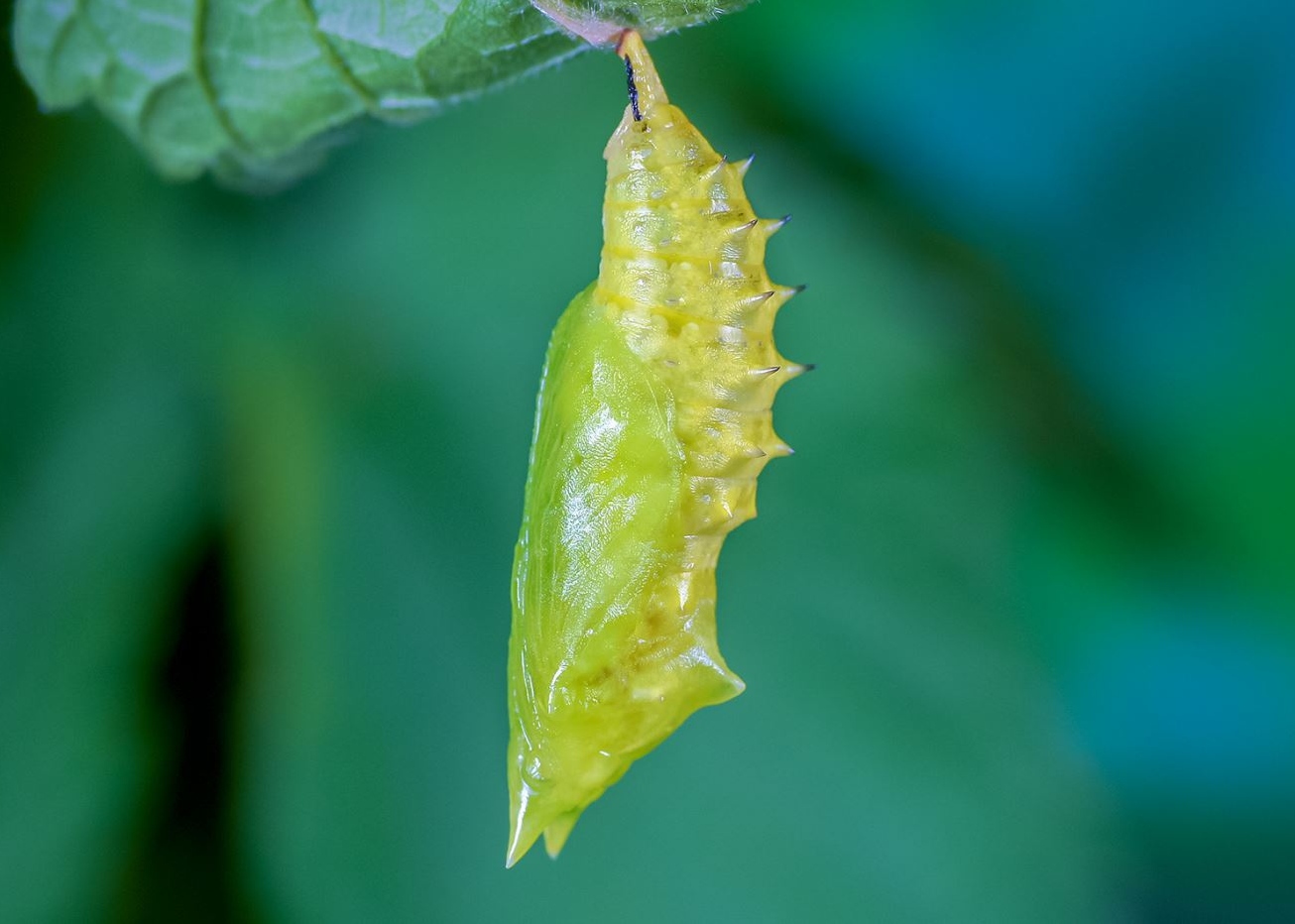Kate Hardy, Head of People and Culture at Butterfly Conservation, shares her reflections on the progress the organisation has made towards becoming a more diverse and inclusive workplace, and the work that still needs to be done.
I recently reflected on how far we have travelled as an organisation and society in trying to address inequality and create an environment where everyone feels welcome. This reflection started when we dug out some old ‘management’ workbooks from an external provider from around 20 years ago which described things like ‘Leave work at work: Your briefcase is not a home for lost documents’ as part of 12 top tips for managers, and in another some suggested aspirational words for how you might wish to be seen by others included ‘Flirtatious’, ‘Forceful’, ‘Sassy’ or ‘Suave’.
Clearly, these texts were geared towards men or perhaps women who needed to come across as ‘Flirtatious’ or ‘Sassy’ in their approach, in order to make an impression or get what they wanted.
This is not how we operate today!
At Butterfly Conservation, we’ve made huge inroads towards diversity and inclusive practices: our workforce is currently split 68:32 female: male, and in two years we have seen an evening of ages across all age groups, with many more young people recruited to our team. Around 22% of our staff say they have a long-term condition or disability (which aligns with the wider UK population of 24%) and most express they feel supported at work – we have made significant efforts to support reasonable adjustments and offer flexible working to enable people to juggle their day-to-day demands.
However, our gender pay gap, although closing, remains, and diversity across other protected characteristics, particularly RACE equality, remains low.
So what next….
The publication of the latest RACE report, shows us that we’re making a start. We’re in the process of developing our EDI strategy and action plan, informed by consultation with under-represented groups, learning from other organisations and through trying new approaches and listening to feedback. All of our staff are contributing to the plan and helping to identify the actions we can take to become an organisation where everyone feels they belong.
Our plans also align with our commitment to the Route Map for greater ethnic diversity in the environment sector, we’re already recruiting a new youth panel, to help us reach new groups and communities, we actively support the Raven Network, a joint initiative as part of Wildlife and Countryside LINK, for people from ethnic minority backgrounds who work in the environment sector to come together as a peer support network, and we’re having the conversations to encourage people to take small steps in their day-to-day work, reaching out to new contacts, listening to what people need, reporting discrimination, and actively supporting people to create wild spaces, whether it be on a balcony, a community space, or a garden. We know that 100 small steps can have a huge impact.
I, for one, will be undertaking the Race Equality Week ‘5 day challenge’, and encourage others to do the same.
Who knows where we can get to in another 20 years time, I look forward to reflecting back again soon on our progress as an organisation, a sector and a society.
Kate Hardy
Head of People and Culture, Butterfly Conservation


